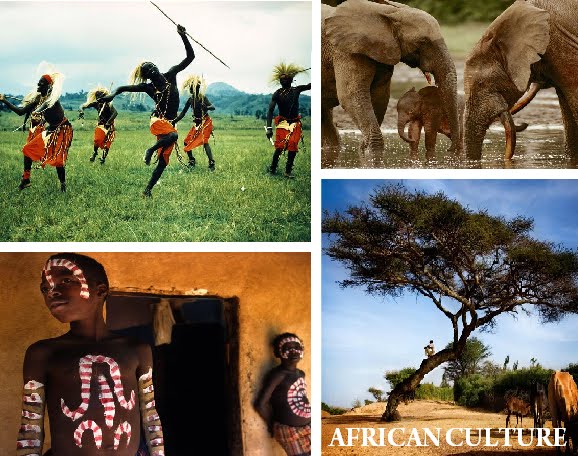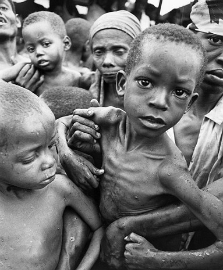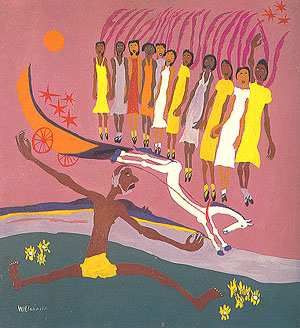Because I will never let you out of my mind
I hear your voices people of Africa
I hear your cries people of Africa
I see pain in your eyes people of Africa
It is hard to describe what you people of Africa are going through
Poverty strikes you all people of Africa
Don’t cry for me Africa
Because I will keep you in my prayers people of Africa
Power to the people of Africa
People of Africa lift your spirit higher
Lord is the light and truth people of Africa
The Lord sends you a message from his heart to you people of Africa
He said because I love you
I will answer your prayers
I hear your prayers
Don’t cry for me Africa
Because you have a friend that is the Lord
People of Africa continue doing the Lords work
Make a wish people of Africa
The people of Africa are looking at the Lord face to face
Lord here is no paradise
We dream a little dream said the people of Africa to the Lord
The People of Africa Pray that the Lord will give each other strength every day
Don’t cry for me Africa
Save the people of Africa
Strengthened the people of Africa each day
Because I’ll be there in your dreams people of Africa
The people of Africa tells The Lord how much they love him
Don’t cry for me Africa
Lord comes when you are ready people of Africa
Feelings you have for your Lord People of Africa
And I know you will never let it die
Nothing but flowers the people of Africa will plant in the sea shore for the Lord
Don’t cry for me Africa
The people of Africa needs hope to heal there land
The Lord rose up on you people of Africa
Don’t cry for me Africa
My heart will go on
Once I close this door of the ship I will sail across the Atlantic Sea
-Aldo Kraas


 Africa dear Africa
Africa dear Africa









 This photograph, taken by Jodi Cobb from National Geographic Magazine, shows a Mursi Tribeswoman. "Among the Mursi tribeswomen of Ethiopia's Omo Valley, lip plates are a source of pride and a sign of strength. When a girl is 15 or 16, her lower lip is cut and held open by a wooden plug. Over the next several months, progressively larger plugs are inserted to stretch the lip. Not all girls continue until they can wear plates of the size shown here."
This photograph, taken by Jodi Cobb from National Geographic Magazine, shows a Mursi Tribeswoman. "Among the Mursi tribeswomen of Ethiopia's Omo Valley, lip plates are a source of pride and a sign of strength. When a girl is 15 or 16, her lower lip is cut and held open by a wooden plug. Over the next several months, progressively larger plugs are inserted to stretch the lip. Not all girls continue until they can wear plates of the size shown here." This is a photograph taken by Remi Benali/Getty Images. It shows a Hamar Tribeswoman from Omo Valley in Ethiopia. "All Omo Valley tribes wear traditional attire and adornments, but the Hamar, like this woman, are by far the most elaborately turned out, often sporting multiple beaded necklaces, armfuls of metal bracelets, and elaborate, sculptured hairstyles."
This is a photograph taken by Remi Benali/Getty Images. It shows a Hamar Tribeswoman from Omo Valley in Ethiopia. "All Omo Valley tribes wear traditional attire and adornments, but the Hamar, like this woman, are by far the most elaborately turned out, often sporting multiple beaded necklaces, armfuls of metal bracelets, and elaborate, sculptured hairstyles."